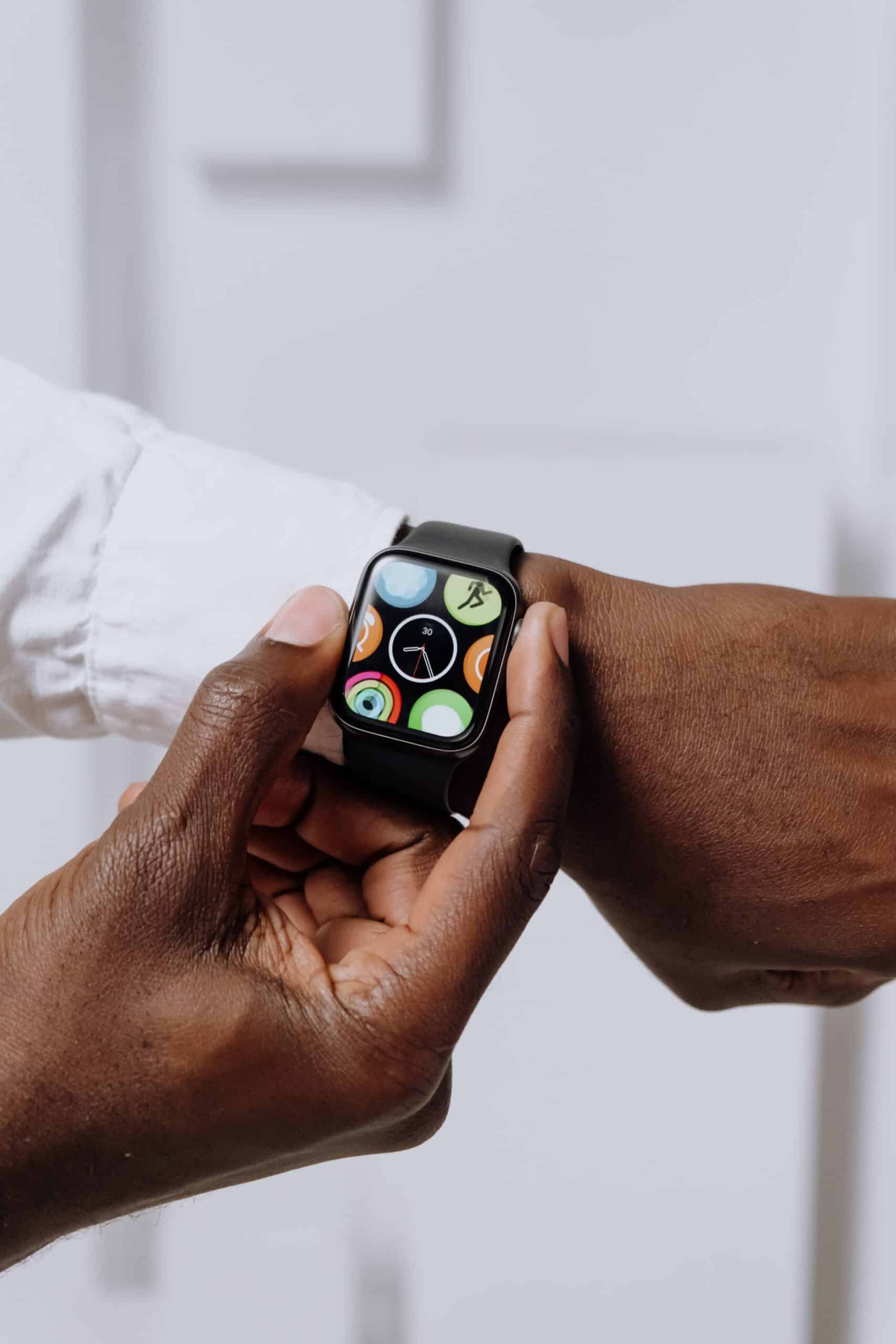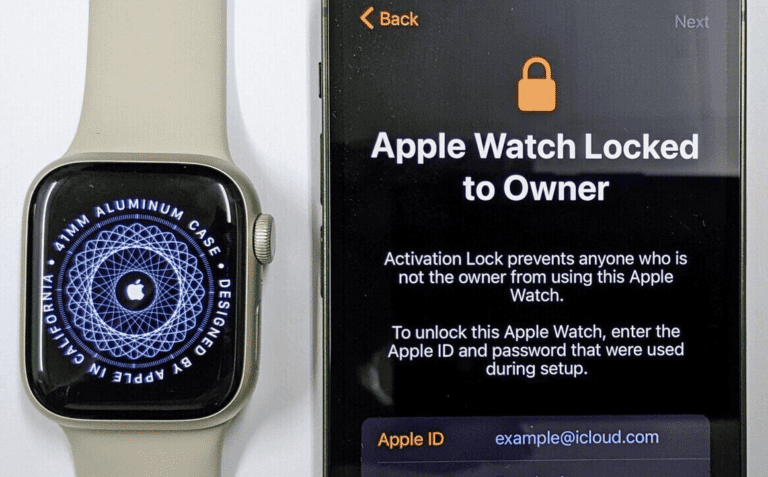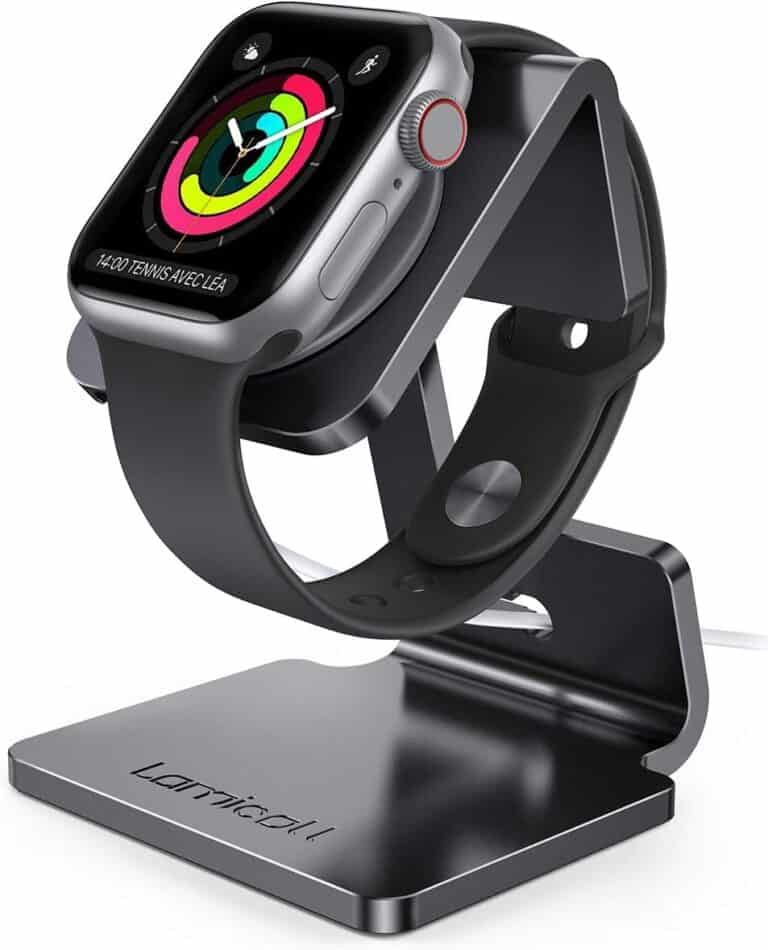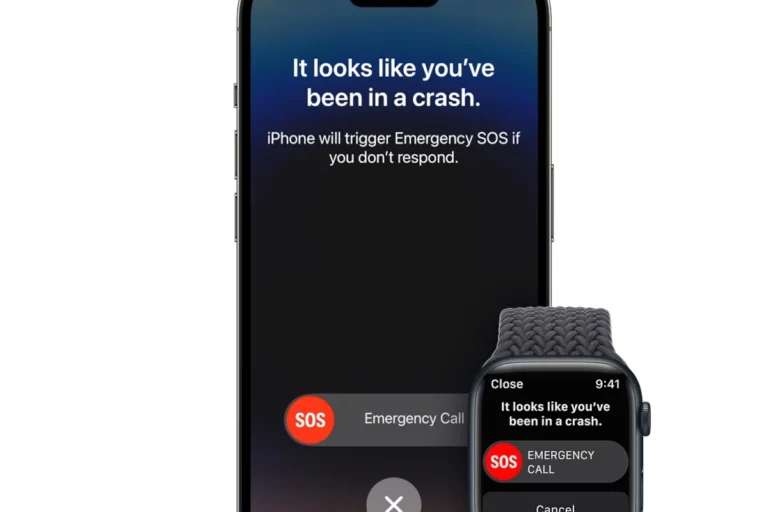watchOS is the operating system powering the Apple Watch. Based on iOS, which also runs on iPhones, watchOS offers many similar features tailored specifically for the smaller, wearable device. Since its release alongside the first Apple Watch on April 24, 2015, watchOS has brought unparalleled functionality right to users’ wrists.
watchOS 10, the latest version, introduces significant updates, including redesigned apps, new watch faces, and advanced metrics for activities like cycling and hiking. Enhancements in mental and vision health also highlight the system’s versatility, making the Apple Watch not just a device for timekeeping but a comprehensive health and activity companion.
The interface and navigation are intuitive, allowing users to access information easily and quickly. Whether using an Apple Watch Series 4, SE, or the Ultra model, watchOS continues to evolve, providing seamless integration with the iPhone while enhancing the overall user experience with each update.
What Is watchOS?
watchOS is Apple’s operating system designed specifically for the Apple Watch. It powers everything you see and do on the watch—from tracking workouts and monitoring health to receiving notifications and using apps. Think of watchOS as the software that brings the Apple Watch to life.
What Does watchOS Do?
watchOS controls how the Apple Watch functions and interacts with your iPhone and other Apple devices. Its main roles include:
- Displaying notifications from your iPhone
- Tracking health and fitness data
- Running Apple Watch apps
- Managing connectivity (Wi‑Fi, Bluetooth, cellular)
- Enabling voice control through Siri
Key Features of watchOS
1. Health & Fitness Tracking
watchOS is best known for its health features, including:
- Heart rate monitoring
- Blood oxygen tracking (on supported models)
- ECG readings (region‑dependent)
- Sleep tracking
- Activity rings (Move, Exercise, Stand)
2. Notifications & Communication
With watchOS, you can:
- Receive calls, messages, and app notifications
- Reply using voice dictation, emojis, or quick replies
- Use Walkie‑Talkie to talk to other Apple Watch users
3. Apps & App Store
watchOS has its own App Store, allowing you to:
- Download apps directly to your Apple Watch
- Use apps for navigation, music, payments, and productivity
- Control smart home devices via HomeKit
4. Siri Integration
Siri is built into watchOS, enabling hands‑free control:
- Set reminders and timers
- Ask questions
- Start workouts
- Control music and smart devices
How watchOS Works with iPhone
watchOS works closely with an iPhone to deliver a seamless experience:
- Initial setup requires an iPhone
- Most data syncs through the iPhone
- Many apps mirror or extend iPhone apps
- Cellular Apple Watch models can work independently for calls, texts, and streaming
Apple Watch Models That Use watchOS
watchOS runs on all Apple Watch models, including:
- Apple Watch Series models
- Apple Watch SE
- Apple Watch Ultra models
⚠️ Not every watchOS version supports older Apple Watch models.
watchOS Updates
Apple releases major watchOS updates annually, usually in the fall. Updates may include:
- New watch faces
- Improved health tracking
- Performance enhancements
- Bug fixes and security updates
How to Update watchOS
- Open the Watch app on your iPhone
- Go to General → Software Update
- Make sure your watch is charging and connected to Wi‑Fi
- Download and install the update
watchOS vs iOS: What’s the Difference?
| Feature | watchOS | iOS |
|---|---|---|
| Device | Apple Watch | iPhone |
| Screen Size | Small | Large |
| Input | Touch, Digital Crown, voice | Touch, keyboard |
| Focus | Health, fitness, quick actions | Full mobile computing |
Why watchOS Matters
watchOS turns the Apple Watch into more than a timepiece. It helps users:
- Stay active and healthy
- Stay connected without checking their phone
- Access important information at a glance
Apple Watch Operating System: Unveiling the Power of watchOS
What is watchOS?
WatchOS is the operating system designed specifically for the Apple Watch. Like iOS for iPhones and macOS for Macs, watchOS provides the foundation for all the features and functionality of the Apple Watch. It handles everything from displaying the time and notifications to running apps and tracking your health data.
Key Features of watchOS
- Intuitive Interface: watchOS is designed for a small screen, with a focus on quick interactions and easy navigation.
- Health and Fitness Tracking: It integrates with the Apple Watch’s sensors to track your activity, workouts, heart rate, and more.
- Notifications and Communication: Stay connected with calls, messages, and notifications from your iPhone, right on your wrist.
- App Ecosystem: A wide range of apps are available, from productivity tools to games and entertainment.
- Customization: Personalize your Apple Watch with different watch faces, complications, and bands.
Evolution of watchOS
watchOS has evolved significantly since its initial release. Each new version brings new features, performance improvements, and design enhancements.
| Version | Release Year | Notable Features |
|---|---|---|
| watchOS 1 | 2015 | Initial release, basic features, limited app support |
| watchOS 2 | 2016 | Native apps, complications, new watch faces, activation lock |
| watchOS 3 | 2017 | Improved performance, new apps (Breathe, Reminders), Dock |
| watchOS 4 | 2018 | Siri watch face, GymKit, person-to-person payments (Apple Pay Cash) |
| watchOS 5 | 2019 | Walkie-Talkie, Podcasts app, new workout types |
| watchOS 6 | 2020 | App Store on the watch, cycle tracking, noise monitoring |
| watchOS 7 | 2021 | Handwashing detection, sleep tracking, new watch face types |
| watchOS 8 | 2022 | Focus modes, redesigned Home app, Mindfulness app |
| watchOS 9 | 2023 | Redesigned Compass app, enhanced Workout app, medication tracking |
| watchOS 10 | 2024 | Smart Stack, redesigned apps, new watch faces |
The Future of watchOS
Apple continues to innovate and enhance watchOS, pushing the boundaries of what a smartwatch can do. We can expect future updates to bring even more advanced health tracking features, new apps and integrations, and improved user experience.
I hope this information gives you a comprehensive overview of watchOS.
Key Takeaways
- WatchOS is the operating system for the Apple Watch.
- WatchOS 10 includes redesigns, new watch faces, and advanced metrics.
- The interface is user-friendly and integrates well with iPhones.
Key Features and Innovations
watchOS is packed with features that focus on health, fitness, user experience, and connectivity. From advanced health metrics to seamless communication, this operating system enhances the Apple Watch’s functionality in meaningful ways.
Health and Fitness Integration
watchOS includes comprehensive health and fitness tools. The Vitals app tracks key metrics like heart rate, respiratory rate, and skin temperature. This helps users gain essential insights into their health.
The Activity app encourages users to meet daily fitness goals by tracking movement, exercise, and standing time. The Workout app offers a variety of workout types, automatically detecting activities such as running and swimming. Fitness+ provides guided workouts and classes tailored to different fitness levels.
Mindfulness features like the Breathe app guide users through short breathing exercises. Notifications remind users to be mindful throughout the day. Medication reminders also help users manage medications and wellness routines.
User Experience and Interactivity
watchOS enhances user interaction through its hardware and software design. The Digital Crown and side button allow easy navigation and quick access to apps. Complications on watch faces display essential information, such as weather, reminders, and fitness metrics, at a glance.
New watch faces introduced in watchOS add customization options, letting users personalize their device to reflect their style and needs. The Control Center enables quick access to settings like Do Not Disturb, volume controls, and connectivity options.
Notifications are designed to be interactive, letting users respond to messages, emails, and reminders right from their wrist. For music lovers, the Music app offers seamless control over playback and playlists.
Connectivity and Communication
Connectivity is a core strength of watchOS. It supports cellular connections and Wi-Fi, allowing users to stay connected even without their iPhone nearby. Audio calls and group FaceTime bring versatility to communication, enabling both voice and video interactions.
The Messages app supports texting, voice messages, and sharing of various media. Integrated contact information ensures users can communicate with ease. The Podcasts app offers access to favorite shows on the go.
Home and Wallet apps extend the functionality of the Apple Watch to manage smart home devices and make contactless payments. The Companion app on the iPhone syncs with the Apple Watch, ensuring data is consistent and up-to-date across devices.
Frequently Asked Questions
This section answers common questions about watchOS. It covers how to check the installed version, details on new features, compatibility, release dates, and updates.
How can I determine the version of watchOS currently installed on my Apple Watch?
To check your watchOS version, open the Watch app on your iPhone. Go to “General” then “About.” The version number will appear here.
What are the key features and improvements introduced in watchOS 11?
watchOS 11 includes redesigned apps, enhanced health tracking, and new watch faces. It also adds a Smart Stack feature that shows relevant widgets.
What models of the Apple Watch are compatible with watchOS 10 and 11?
Apple Watch Series 4 and later models support watchOS 10 and 11. Ensure your device meets these requirements before updating.
When was watchOS 10 officially released?
watchOS 10 was released on October 5, 2023. It brought new visual updates and features.
How does watchOS differ from iOS in terms of functionality and design?
watchOS is tailored for the smaller screen of the Apple Watch. It focuses on quick interactions and health tracking. iOS on iPhones supports more comprehensive applications and multitasking.
What is the process for updating my Apple Watch to the latest version of watchOS?
To update your Apple Watch, open the Watch app on your iPhone. Go to “General,” then “Software Update.” If an update is available, follow the on-screen instructions to install it.







